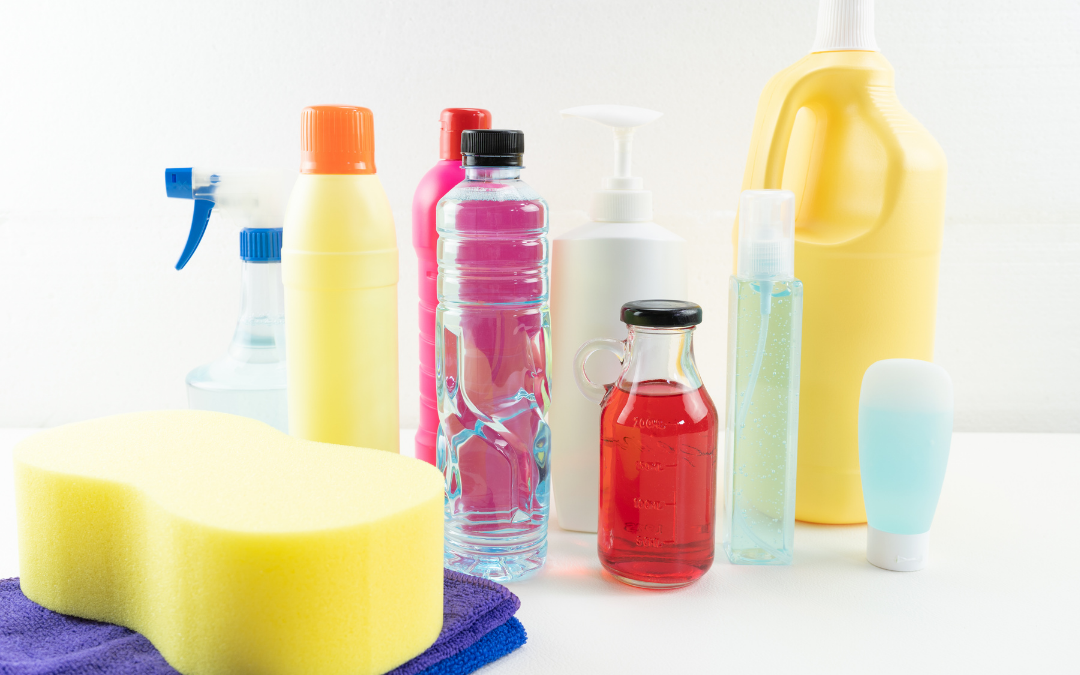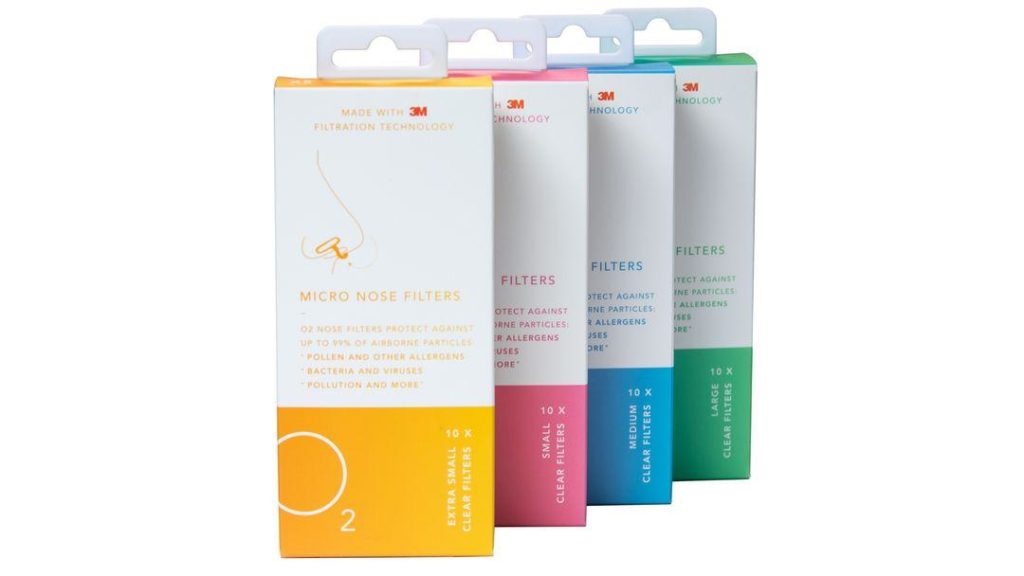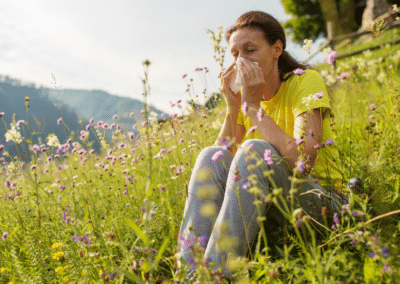It’s commonly understood that mankind’s pollutants and emissions into the atmosphere can negatively impact the air quality of our environment. If this process is happening on a macro level, the thought becomes even more worrisome when you begin to think of your home as a self-enclosed environment with it’s own ecosystem. Toxicants can be introduced, growths can take shape, and an assortment of other dangerous indoor air pollutants can live in your environment while remaining invisible to the human eye.
With some common air pollutants resulting in lethal outcomes, it’s important to know how to protect your household from toxic airborne particles.
Cleaning Supplies
The competitive market of cleaning supplies is staggering. In a study that researched over 2,000 common cleaning products from more than 200 brands, over 1,000 harmful ingredients were found that contain varying levels of toxicity. The following products attribute to dangerous indoor air quality:
- High-Level Disinfectants (such as Orthophthaldehyde, Glutaraldehyde, and Peracetic Acid)
- Antiseptics
- Phenolics
- Liquid Chemical Sterilant
It’s vital to take proper precautions when handling cleaning products that contain high levels of toxic chemicals. Wearing proper PPE such as gloves, a face-mask, O2 Nose Filters, and safety goggles can help protect you from inhaling a variety of these chemicals. Additionally, having sufficient indoor ventilation to keep your household air clean can prevent chemicals from lingering around.
In a world where it’s hard to know which cleaning products are safe, a good rule of thumb is to choose the low-level or intermediate-level disinfectants over high-level level disinfectants. While it’s tempting to use powerful products that contain more chemicals, these chemicals are often doing more harm than good by negatively contributing to the health of your environment. Looking for non-toxic or organic cleaning products generally clean slower, although a little extra elbow grease is a small price to pay to ensure cleaner indoor air quality.
Biologic Pollutants
These kind of pollutants include molds, dust mites, viruses, pollen, animal dander, and other varying bacteria. Many of these common indoor pollutants can cause immediate side effects such as shortness of breath, dizziness, coughing, watery eyes, fever, sneezing, digestive problems, and more. Depending on which biological pollutants are in the air, longterm health effects can be much more detrimental.
Black mold, better known as Stachybotrys Chartarum, is one of the most widely occurring toxic molds growing in homes. Inhaling such mold can trigger negative health reactions such as:
- Asthma
- Growth of infectious diseases
- Pneumonia
- Lung damage that leads to pulmonary diseases
- An assortment of upper respiratory tract issues
Household dust mites are also a common cause of allergy symptoms in the home, particularly for those with asthma. The American dust mite, or Dermatophagoides Farinae, thrives in homes that provide adequate food, shelter, and humidity. Due to their ability to live in fabrics, regularly vacuuming and ventilating your home is vital to those who face pre-existing health conditions to dust mites.
Other Dangerous Indoor Air Pollutants
Additional harmful indoor pollutants to look out for include:
- Building materials such as Formaldehyde, Asbestos, and Lead
- Tobacco smoke
- Cooking pollutants from simple stoves (wood, coal, or charcoal based)
- Volatile Organic Compounds (VOC)
Humans are biological beings who often live with pets under one roof, we’re bound to bring organisms and other bacteria into the house. These pollutants vary in risks they pose to us, although there are useful precautions we can take to protect ourselves from inhaling these dangerous airborne particles.
O2 Nose Filters
While our nasal passageways do a solid job at filtering harmful indoor air particles, it’s not perfect. That’s why O2 Nose Filters is such an effective solution when it comes to protecting you from indoor pollutants. Longterm use of O2 Nose Filter’s has shown to improve both mental and physical health. By combining 3M’s innovative filtration science with O2’s elegant design, we’ve created the most discreet solution to protect you from breathing indoor airborne pollution, allergens, and more.
BLOCK IT OR BREATHE IT
Click here for a FREE (+S&H) sample pack to see which size works best for you!




